Merging provinces, eliminating district levels, and expanding commune levels will create conditions to improve strategic thinking for economic and social development for localities.
This is the emphasis of Dr. Nguyen Van Dang - Researcher of Public Administration and Policy, Ho Chi Minh National Academy of Politics in an interview with reporters of Cong Thuong Newspaper about merging provinces, eliminating district level, and expanding commune level.
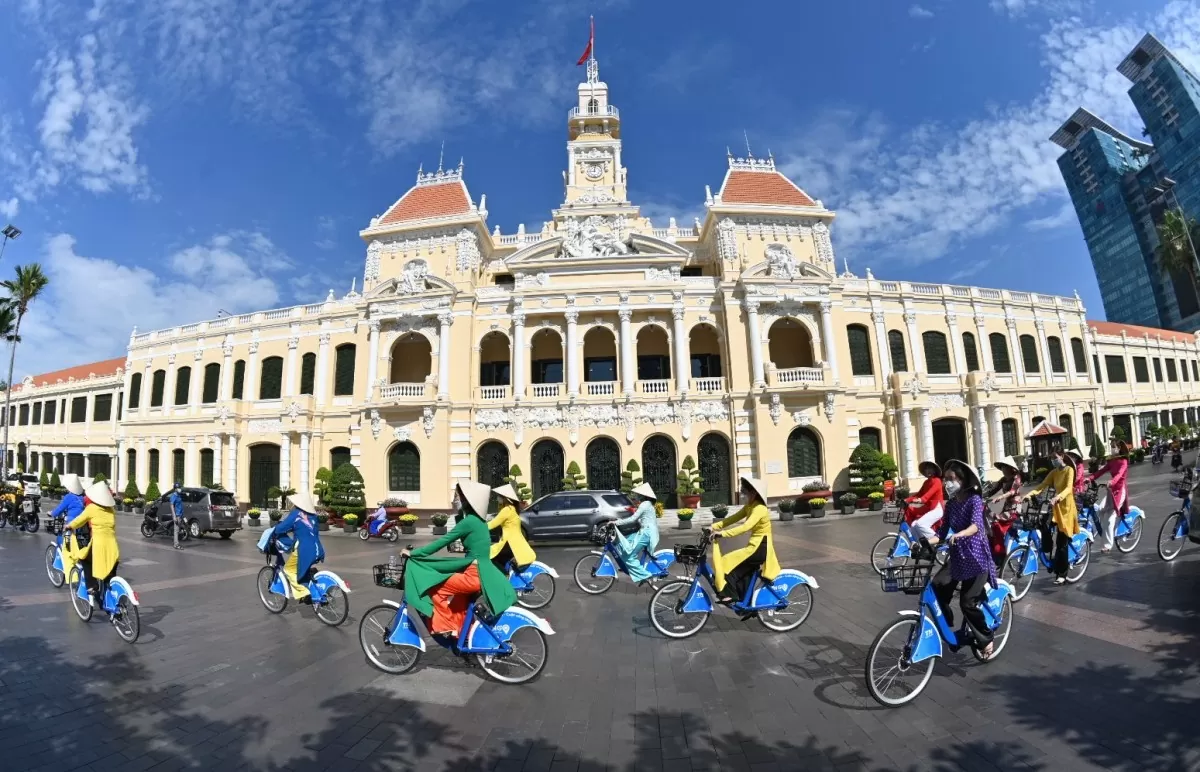 |
| Merging provinces will facilitate the planning of larger-scale development strategies. Photo: VNA |
Reducing layers and intermediaries creates expectations for the future
- Can you give your opinion on the motivation and impact of the revolution to streamline the apparatus through merging provinces, eliminating district levels, and expanding commune levels according to Conclusion No. 127-KL/TW dated February 28, 2025 of the Politburo?
Dr. Nguyen Van Dang : The most obvious driving force is the inadequacies in the arrangement of areas, territories and administrative units in localities in response to current development needs. Since 2017, Resolution No. 18-NQ/TW on continuing to innovate and reorganize the apparatus of the political system has stated: “Local administrative units are generally small in scale, many units do not meet the prescribed standards, especially at the district and commune levels. The specific characteristics of urban, rural and island governments have not been clearly defined.”
In the current context, limitations such as the fragmentation and smallness of some localities, the division of areas, the cumbersomeness of both the organizational apparatus and the personnel of the political system are more clearly revealed, making the need to rearrange administrative units more necessary. Therefore, it can be seen that, along with the consolidation of ministries and branches, the policy of merging some provinces, eliminating the district level, and increasing the scale of the commune level this time will shape the overall framework for the local governance structure as well as national governance in our country in the future.
In addition, eliminating the district level is a new point that can create multi-dimensional impacts. In theory, the two-level local government model (province/commune) will help reduce the layers and intermediate levels of organizational apparatus, gradually reducing the number of personnel as well as operating costs of the local political system. Operational efficiency and the ability to meet the needs of people and businesses are expectations for the future.
 |
| Dr. Nguyen Van Dang - Researcher of Public Administration and Policy, Ho Chi Minh National Academy of Politics |
Determine the mindset to receive the best distribution
Regarding the adjustment of administrative boundaries of localities, what can we learn from other countries , according to you ?
Dr. Nguyen Van Dang: Looking at the world, in countries that develop sequentially like in Europe, the process of forming localities occurs naturally, with little fluctuation. Similarly, countries that apply the Federal regime like the US also have very little change, except for a few situations of merger or separation as a result of land purchase negotiations or war. Changes in territorial areas between localities occur more in countries that operate a centralized and unified power model, develop later, and have to go through many historical ups and downs like our country.
In general, I think that the distribution of localities is entirely an internal matter, depending on the viewpoint, political will, level of socio-economic development, as well as the historical, traditional, and cultural characteristics of each country. Therefore, I think it is very difficult to learn international experience on the division of local structures and local government organization models from one country to apply to another. That also means, we need to closely follow current conditions, history and tradition, as well as current practical needs to decide on the distribution of localities and local government models suitable for our country.
Thus, instead of expecting a perfect local structure, we should set our minds to accept the best possible distribution, with the least possible restrictions.
Facilitate the planning of development strategies
- So, can you analyze more clearly the opportunities for socio-economic development when merging some provincial administrative units?
Dr. Nguyen Van Dang : On a general level, I would like to emphasize that the merger of provincial administrative units first of all creates conditions to improve the strategic thinking of socio-economic development for localities, which was very difficult to do in the past, when the provinces were small and fragmented. This time, we are not only reshaping the local structure and model of local government organization, but more importantly, arranging localities more reasonably, with a longer-term mindset and vision, creating favorable conditions for planning larger-scale development strategies.
In addition, the establishment of a two-level local government system will help to streamline the organization nationwide, gradually reduce staff, thereby reducing costs for the operation of the political system in localities... This is also the basis for us to gradually modernize the government system in the direction of "Refined - Compact - Effective - Efficient", promote decentralization and delegation of power, respect the initiative, self-responsibility, and flexible operation of local governments, thereby increasing the ability to adapt to changes in economic and social life, meeting the increasingly diverse needs of people and businesses.
Do not let complex problems arise in policy implementation.
- Besides the above advantages, increasing the scale of provinces and communes and building a two-level local government system will also pose many problems for us to solve. What is your opinion on this issue, sir?
Dr. Nguyen Van Dang : We also need to recognize that increasing the scale of provinces and communes and building a two-level local government system will also pose many problems for us to solve, even difficult challenges.
First , it is necessary to identify the dimensions and criteria on which to base the decision on provincial merger, not just based on area and population. This issue requires an approach to the overall social structure, long-term strategic thinking, and modern management thinking. Therefore, Conclusion No. 127 requires implementing agencies to carefully study regional planning and national development strategies as well as local characteristics.
Second , is the selection of priority criteria when merging provinces, associated with specific situations. More specifically, these are criteria such as location and natural area, population size, economic development level, cultural-social characteristics, and security-defense needs. In reality, the benefits from the above criteria can conflict with each other, so we need a certain flexibility between priority criteria.
Third is the redesign of the organizational structure of the two-level local government system, the distribution of authority, functions, and tasks associated with the units of each level, the relationship between the two levels, and the vertical relationship. These are quite complex contents, requiring careful consideration and calculation by those assigned to redesign the model of the local government system.
Fourth , is to rearrange the team of cadres, civil servants, and public employees to ensure quality, meeting the work requirements of the political system, especially the communal-level public agencies. When the district level no longer exists, many tasks will be transferred to the communal level, requiring the capacity of the team of civil servants and public employees in general to also meet.
Therefore, the rearrangement of the staff needs to pay special attention to the actual capacity of each individual to arrange them into suitable job positions, ensuring that work is handled smoothly, not allowing complicated problems to arise in policy implementation, serving people and businesses.
Thank you!
| Dr. Nguyen Van Dang: The most important principle of merging localities is to serve the interests of the nation and people. Those interests are not simply economic and social, but also include political, security and defense interests. |
Source: https://congthuong.vn/sap-nhap-tinh-nang-tam-tu-duy-chien-luoc-phat-trien-378708.html





![[Photo] Chinese, Lao, and Cambodian troops participate in the parade to celebrate the 50th anniversary of the Liberation of the South and National Reunification Day](https://vphoto.vietnam.vn/thumb/1200x675/vietnam/resource/IMAGE/2025/4/30/30d2204b414549cfb5dc784544a72dee)
![[Photo] The parade took to the streets, walking among the arms of tens of thousands of people.](https://vphoto.vietnam.vn/thumb/1200x675/vietnam/resource/IMAGE/2025/4/30/180ec64521094c87bdb5a983ff1a30a4)
![[Photo] Cultural, sports and media bloc at the 50th Anniversary of Southern Liberation and National Reunification Day](https://vphoto.vietnam.vn/thumb/1200x675/vietnam/resource/IMAGE/2025/4/30/8a22f876e8d24890be2ae3d88c9b201c)


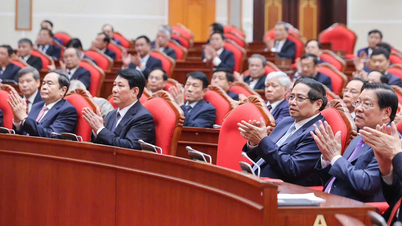






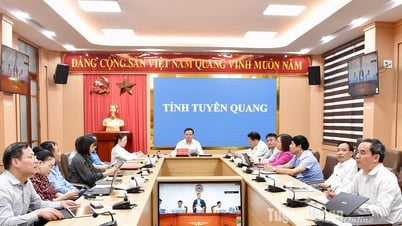

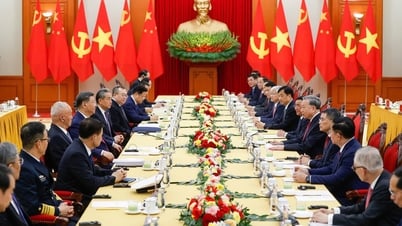

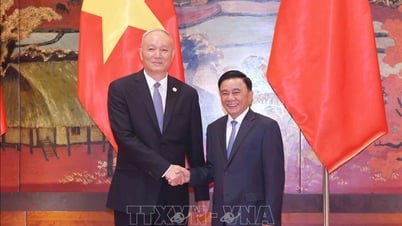













![[Photo] Performance of the Air Force Squadron at the 50th Anniversary of the Liberation of the South and National Reunification Day](https://vphoto.vietnam.vn/thumb/1200x675/vietnam/resource/IMAGE/2025/4/30/cb781ed625fc4774bb82982d31bead1e)


































































Comment (0)